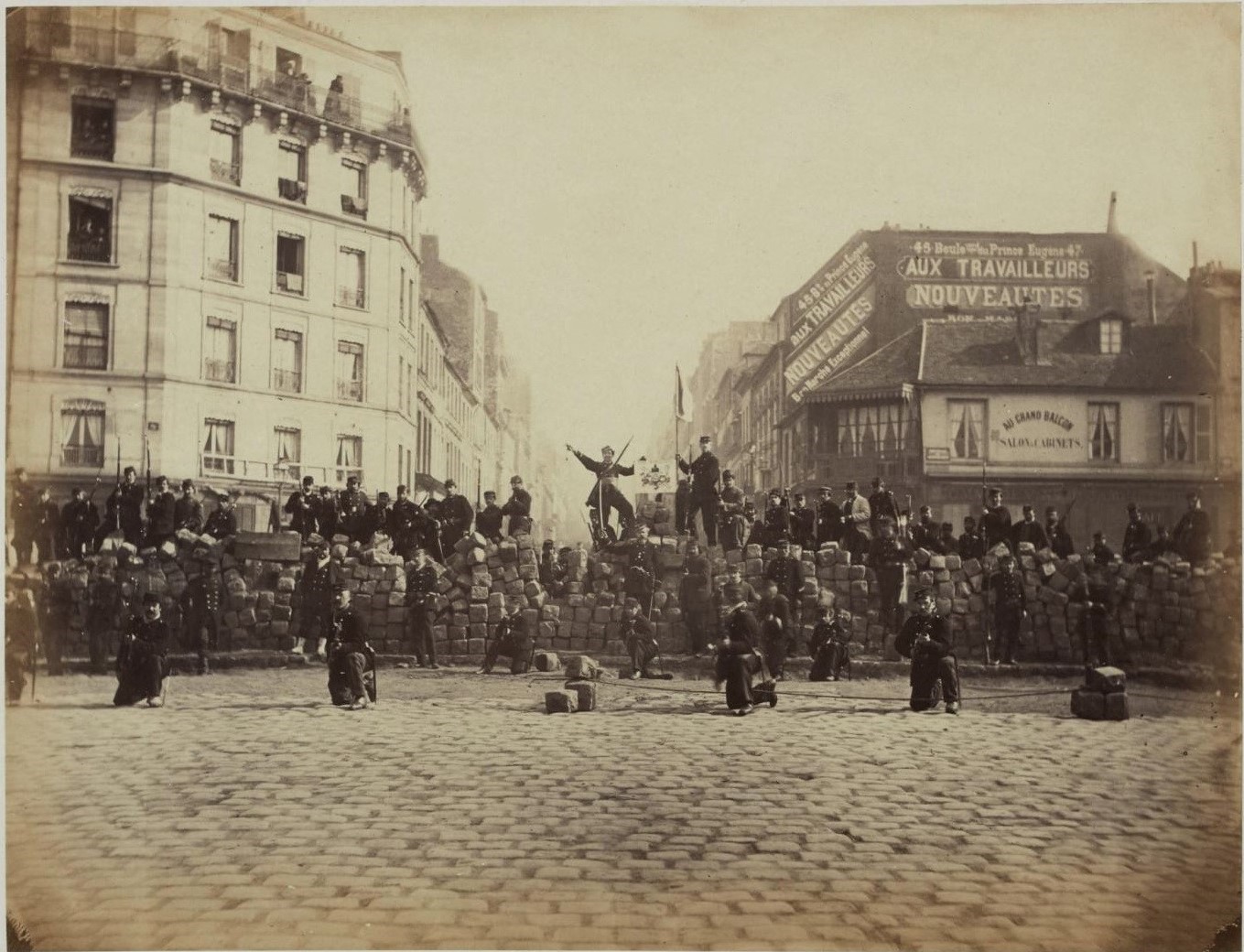More languages
More actions
(added photo) Tag: Visual edit |
m (Just changed "labour" to "labor" and "employees" to "employers") Tag: Visual edit |
||
| Line 28: | Line 28: | ||
* the remission of rent during the siege of the city | * the remission of rent during the siege of the city | ||
* the abolition of interest on debt | * the abolition of interest on debt | ||
* the abolition of child | * the abolition of child labor | ||
* the right of employees to take over an enterprise that had been deserted by its owner | * the right of employees to take over an enterprise that had been deserted by its owner | ||
* prohibition of fines imposed by | * prohibition of fines imposed by employers on workers<ref>''Marx and the Proletariat: A Study in Social Theory'' by Timothy McCarthy</ref> | ||
*the abolition of military conscription | *the abolition of military conscription | ||
*limiting wages of officials to the average wage<ref name=":0" /> | *limiting wages of officials to the average wage<ref name=":0" /> | ||
Latest revision as of 08:59, 24 March 2024
| Paris Commune Commune de Paris | |
|---|---|
| 1871 | |
|
Flag | |
| Location | Paris |
| Common languages | French |
| Dominant mode of production | Socialism |
| Government | Dictatorship of the proletariat |
• General | Jarosław Dąbrowski |
• Military commander | Louis C. Delescluze |
| History | |
• Demonstrations in Paris | 10 January 1870 |
• Established | 18 March 1871 |
• Dissolution | 28 May 1871 |
The Paris Commune (French: Commune de Paris) was a revolutionary government in Paris, France, that lasted for 72 days, from 18 March to 28 May 1871. It was the world's first proletarian revolution. After being crushed by the French state, its members were arrested, executed, or exiled to New Caledonia.[1]
The experiment of the Paris Commune and the debates that sparked from its policies and actions had a significant influence on Karl Marx and Friedrich Engels, who described it as the first example of the dictatorship of the proletariat. Engels wrote: "Of late, the Social-Democratic philistine has once more been filled with wholesome terror at the words: Dictatorship of the Proletariat. Well and good, gentlemen, do you want to know what this dictatorship looks like? Look at the Paris Commune. That was the Dictatorship of the Proletariat."[2]
Background[edit | edit source]
Louis Napoleon, the nephew of Napoleon Bonaparte, took power in France in 1851. He went to war with Prussia but was defeated and taken prisoner in 1870. In September 1870, the Prussian army approached Paris but did not attempt to enter the city. The French bourgeoisie, led by Adolphe Thiers, established a Government of National Defense at Versailles.
During the Franco-Prussian War of 1870 and 1871, the French National Guard had defended Paris, with socialist and progressive ideology growing in popularity among the soldiery. There were roughly 160,000 workers in the National Guard, mostly in Paris. The French government tried to work with the Prussians against the French workers, and Prussian leader Otto von Bismarck agreed to release French prisoners of war.[3]
Commune[edit | edit source]

On 18 March 1871, Thiers sent his troops to Paris to seize the National Guard's artillery, but they failed.[3]
Many soldiers of the National Guard refused to recognize the authority of the Government of National Defence, which was formed by Parisian deputies, led by Léon Gambetta, who also proclaimed the formation of the Third French Republic. These soldiers seized control of Paris on 18 March, forming the Paris Commune. The Commune's first decree was to suppress the standing army and arm the people.
The French and German bourgeois armies entered Paris on 21 May. The army of the Third French Republic executed between 10,000 and 15,000 Communards during the Bloody Week (French: La semaine sanglante), between 21 May and 28 May 1871.[4] 40,000 to 50,000 more communards were imprisoned and then exiled.[3]
Politics[edit | edit source]
The Commune adopted a plain red flag as its official flag.
The Commune governed Paris for two months, establishing many progressive policies, among these were:
- the separation of church and state
- self-governance
- the remission of rent during the siege of the city
- the abolition of interest on debt
- the abolition of child labor
- the right of employees to take over an enterprise that had been deserted by its owner
- prohibition of fines imposed by employers on workers[5]
- the abolition of military conscription
- limiting wages of officials to the average wage[3]
References[edit | edit source]
- ↑ Robert Aldrich, John Connell (2006). France's Overseas Frontier: Départements et territoires d'outre-mer (p. 46). Cambridge University Press. ISBN 9780521030366
- ↑ Engels' 1891 Postscript, On the 20th Anniversary of the Paris Commune Retrieved from marxists.org
- ↑ 3.0 3.1 3.2 3.3 Richard Becker (2021-03-18). "Vive La Commune! The Paris Commune 150 years later" Liberation School. Archived from the original on 2021-10-29. Retrieved 2022-08-28.
- ↑ Audin, Michele, La Semaine Sanglante, Mai 1871, Legendes et Conmptes, Libertalia Publishers (2021) (in French)
- ↑ Marx and the Proletariat: A Study in Social Theory by Timothy McCarthy

